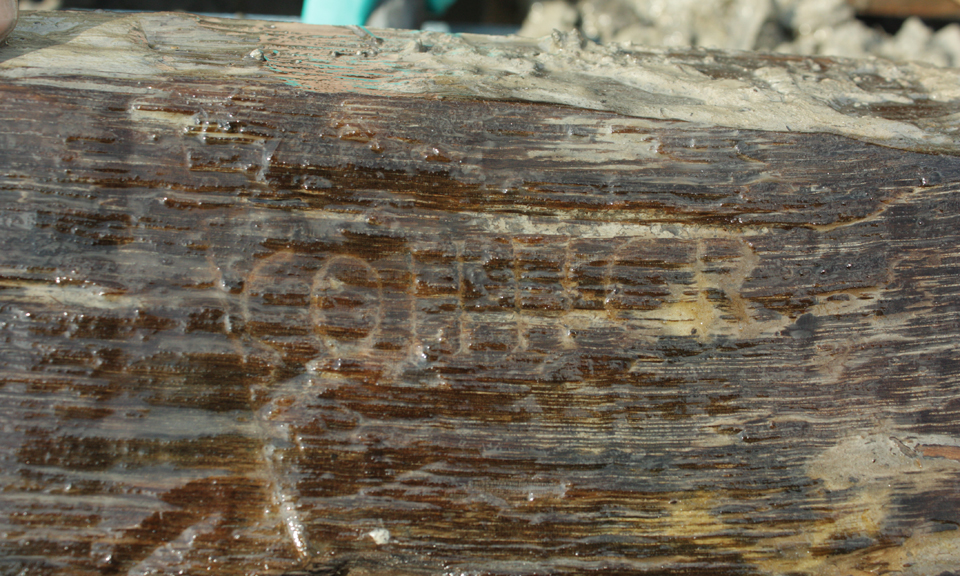Palinurus
The Living Force
Source: Archeologists find Roman road, settlement in Katwijk
Other sources (in Dutch):
Stuk Romeinse weg van 1900 jaar oud gevonden bij Katwijk
Unieke archeologische vondst in Katwijk: Dit geeft beeld van de bewoningsgeschiedenis'
Archeologists find Roman road, settlement in Katwijk
By Janene Pieters on September 26, 2018 - 15:50

Roman construction material with plaster; found in Katwijk, Sept 2018. Photo: Provincie Zuid-Holland
Archeologists discovered around 125 meters of Roman road along Ingenieur G. Tjalmaweg in the municipality of Katwijk. The road was built 2 thousand years ago. A Roman settlement was also found, ANP reports.
The province of Zuid-Holland asked archeologists [to] study the area in preparation for the RijnlandRoute, a new road from Katwijk to the A4 at Leiden.
Vertical oak piles that stood along side the road at the time are still in tact. "The integrity of and completeness of the Roman road are a big surprise", the province of Zuid-Holland said. The road ran near the outer border of the Roman Empire that ran straight through what is now the Netherlands. According to the researchers, the road probably dates from the year 125 AD.
The settlement was also found along Ingenieur G. Tjalmaweg. The village was equipped with canals and a burial ground. Large quantities of pottery, pieces of leather footwear, coins, wooden objects, roof tiles and a fish trap were found. The highlight so far is a piece of building material with plaster and a painting on it.
According to the province, the study of these discoveries is expected to be completed by the end of this year. The excavations will take another few weeks. Work on the RijnlandRoute is scheduled to start in the second half of next year.
Those interested can view the findings during a special public day on October 13th. The municipality will announce further details later this week.
Other sources (in Dutch):
Stuk Romeinse weg van 1900 jaar oud gevonden bij Katwijk
Unieke archeologische vondst in Katwijk: Dit geeft beeld van de bewoningsgeschiedenis'

